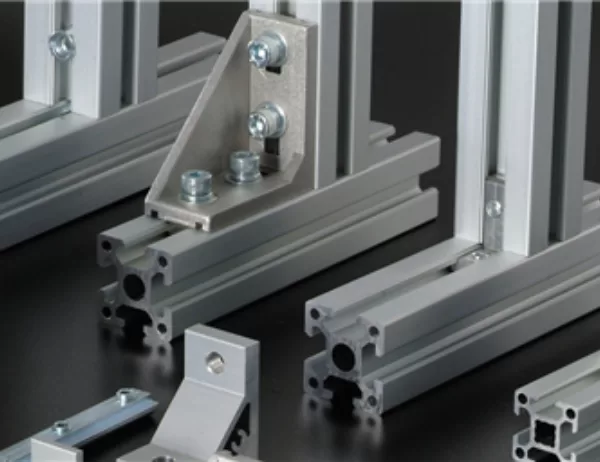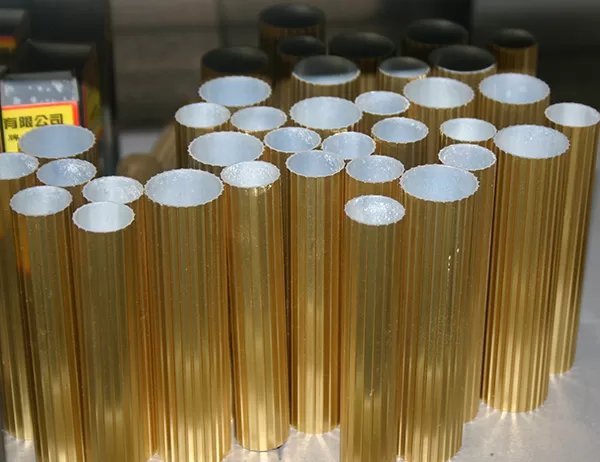Industrial Aluminum Profiles: Unlocking Automotive Manufacturing’s Next Frontier
In the high-octane world of automotive manufacturing, the quest for efficiency, sustainability, and lightweight designs has led to the rise of industrial aluminum profiles as a transformative force. These precision-engineered alloys are redefining vehicle construction, enabling automakers to push the boundaries of innovation.
Aluminum profiles offer an unparalleled combination of strength, corrosion resistance, and lightweight properties. Their ability to be extruded into intricate shapes allows for complex designs that optimize performance and reduce overall vehicle weight. By using aluminum profiles, automakers can shed pounds while maintaining structural integrity, resulting in improved fuel efficiency, reduced emissions, and enhanced handling.
The use of aluminum profiles extends beyond body panels and chassis components. They also play a crucial role in interior systems, providing lightweight and durable solutions for seating, dashboards, and consoles. The versatility of aluminum profiles enables manufacturers to create customizable interiors that cater to diverse consumer preferences and ergonomic requirements.
Moreover, the sustainability benefits of aluminum cannot be overstated. Aluminum is one of the most recyclable materials in the world, with a scrap recycling rate of over 90%. This closed-loop recycling process significantly reduces waste and energy consumption, contributing to the automotive industry’s commitment to environmental stewardship.
As the automotive industry continues to evolve, industrial aluminum profiles will remain at the forefront of innovation. Their unique properties and versatility make them an indispensable asset for automakers seeking to deliver high-performance, sustainable, and aesthetically pleasing vehicles.
From sleek sports cars to rugged SUVs, aluminum profiles are empowering the creation of automobiles that redefine the limits of possibility. As the world embraces electric and autonomous vehicles, these profiles will play an even greater role in shaping the future of transportation, ensuring that the automotive industry remains a driving force for progress and ingenuity.




